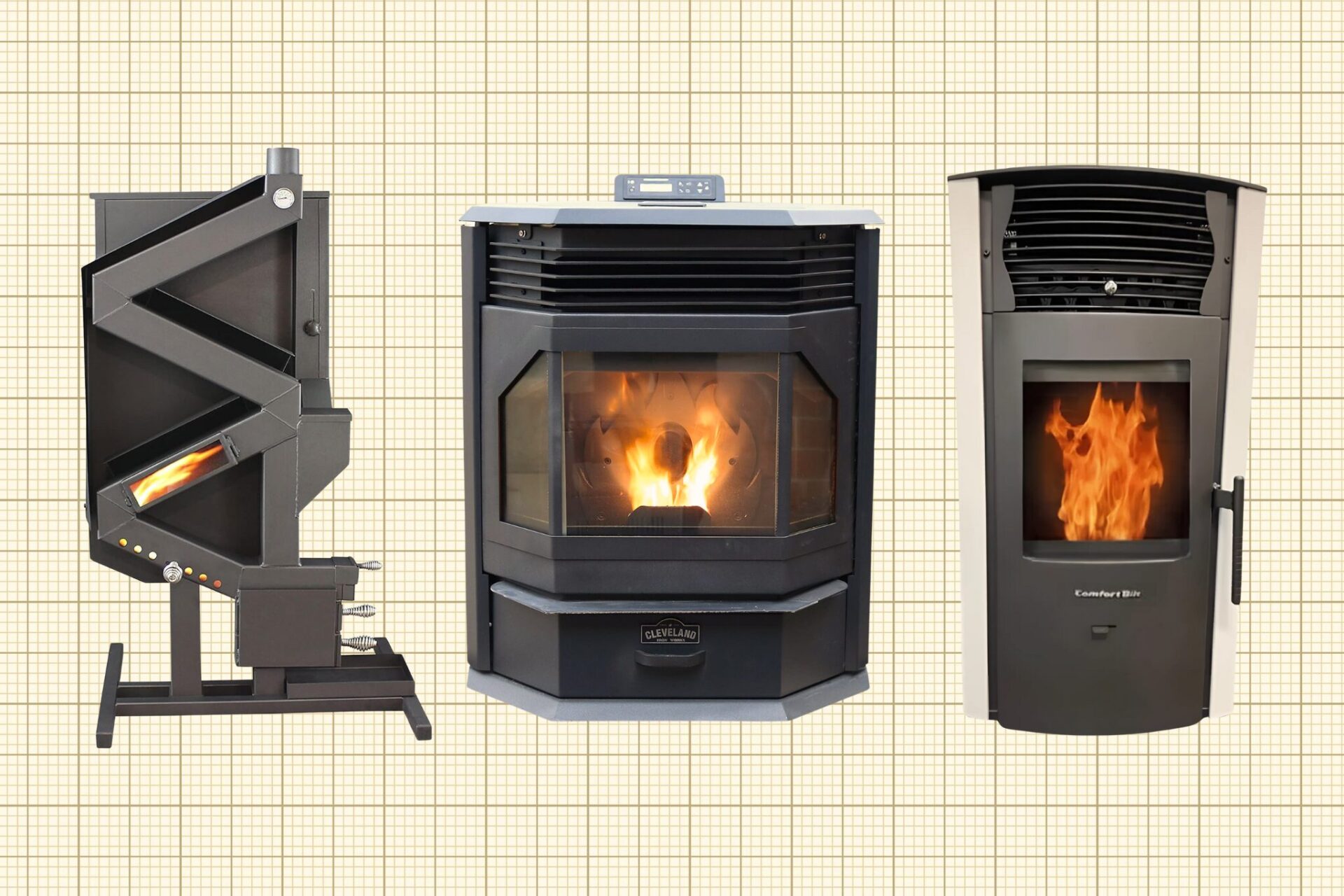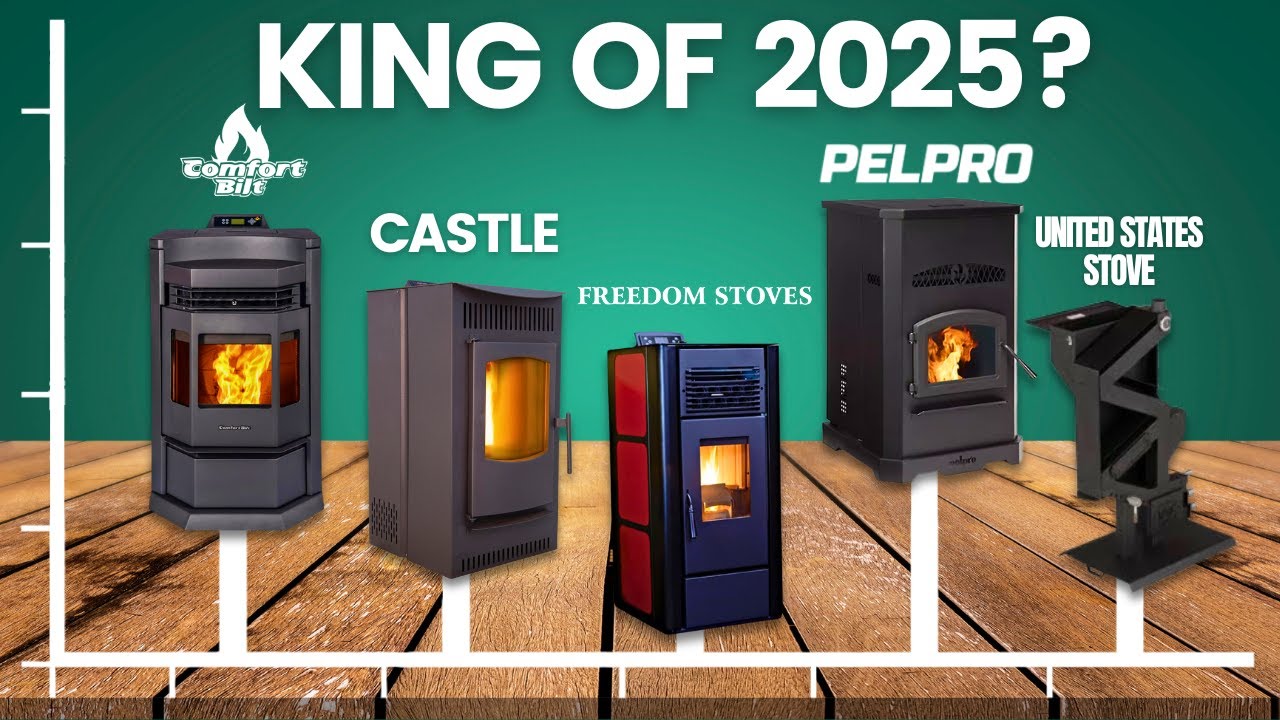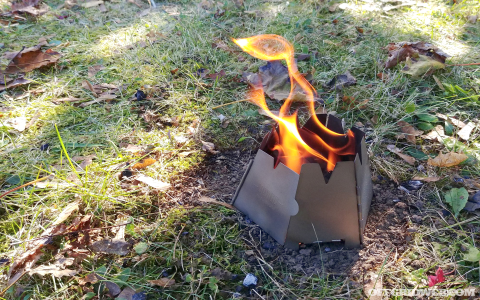1. What’s a Pellet Stove? Your Ultimate Beginner’s Guide to Cozy Heating
If you’re new to pellet stoves, don’t worry—we’ve got you covered. Think of a pellet stove as a modern, eco-friendly way to heat your home that’s gaining popularity in 2025. Instead of burning traditional logs, these stoves use small, compressed wood pellets that burn cleanly and efficiently. They’re perfect if you want a cozy home without the hassle of chopping wood or dealing with smoky fireplaces.
Here’s the scoop: pellet stoves have three main parts—the hopper (where pellets are stored), the auger (which feeds pellets into the fire), and the combustion chamber (where the magic happens). What’s cool is that these stoves burn pellets so cleanly, they’re way better for the environment than old-school wood stoves. No wonder more people are making the switch!

Quick fact: Pellet stoves often use less fuel and produce less ash, making them a cleaner choice for your home and the planet.
2. Awesome Pros of Pellet Stoves That’ll Make You Want One ASAP
Why are pellet stoves becoming a favorite? Here are seven reasons that might just convince you:
- Energy-efficient heating: These stoves use pellets that burn hot and long, saving you money on your energy bills.
- Eco-friendly: They produce fewer emissions compared to traditional wood stoves, which is great for the environment.
- Super easy to use: No more hauling logs—just fill the hopper with pellets and let it do its thing.
- Automatic feeding: The stove automatically feeds pellets into the fire, so you get steady warmth without lifting a finger.
- Stylish designs: Pellet stoves come in sleek, modern styles that fit right into any home décor.
- Quiet operation: Unlike noisy heaters, pellet stoves run quietly, perfect for relaxing evenings.
- Possible rebates: In 2025, many places offer rebates or tax credits if you choose an eco-friendly pellet stove.
3. Cons of Pellet Stoves You Should Know Before Buying
Of course, no product is perfect. Here are a few things to keep in mind before you buy:
- Higher upfront cost: Pellet stoves can be pricier to buy and install than some other heating options.
- Regular cleaning: You’ll need to clean the stove and empty the ash regularly to keep it running smoothly.
- Pellet availability: Depending on where you live, getting pellets might be a bit tricky or more expensive.
- Electricity needed: Pellet stoves need power to run the auger and fans, so they’re not fully off-grid.
- Noise level: Some models make a bit of noise, so it’s worth checking reviews if you’re sensitive to sound.
Is it worth it? For many, the benefits outweigh these downsides, especially if you value clean, efficient heat.
4. Top Pellet Stove Models to Watch in — Which One’s Right for You?
Wondering which pellet stove to pick? Here are five top models that are turning heads this year:
| Model Name | Key Features | Price Range | Best For |
|---|---|---|---|
| Stove A | Wi-Fi control, low emissions | $1,200-$1,500 | Tech lovers |
| Stove B | Large hopper, budget-friendly | $800-$1,000 | First-time buyers |
| Stove C | Ultra-quiet, sleek design | $1,500-$1,800 | Small spaces |
| Stove D | Smart thermostat integration | $1,300-$1,600 | Eco-conscious users |
| Stove E | Easy maintenance, durable | $1,000-$1,300 | Families |
Each of these stoves offers something unique, so think about what fits your lifestyle and budget best.
5. How Pellet Stoves Save Energy and Help the Planet in 2025

Pellet stoves aren’t just about staying warm—they’re also a smart choice for the environment. Here’s why:
- The pellets are made from compressed sawdust and wood waste, which means they use materials that might otherwise go to waste.
- Compared to gas or traditional wood stoves, pellet stoves produce fewer harmful emissions.
- Using a pellet stove can shrink your carbon footprint, especially if you switch from electric or oil heating.
- Plus, many governments offer incentives to encourage people to choose greener heating options.
Did you know? Pellet stoves can reduce your home’s greenhouse gas emissions by up to 50% compared to some older heating systems.
6. Keep It Running Smooth: Easy Pellet Stove Maintenance Tips
Keeping your pellet stove in tip-top shape is easier than you might think. Here are six simple tips:
- Clean out the ash tray and burn pot regularly—usually once a week during heavy use.
- Wipe down the glass door to keep your fire view crystal clear.
- Check the hopper for dust or pellet dust buildup and clean as needed.
- Schedule a professional inspection and deep clean at least once a year.
- Store pellets in a dry place to keep them fresh and ready to burn.
- If your stove starts acting up, check the manual for troubleshooting tips before calling for help.
7. The Real Cost: Breaking Down Pellet Stove Prices & Running Expenses
Let’s talk money. Here’s what to expect when budgeting for a pellet stove:
- Purchase & installation: Most pellet stoves cost between $ and $1,800, with installation adding a few hundred dollars more.
- Fuel costs: Pellets usually cost around $ to $ per ton, and your annual usage depends on your home size and climate.
- Electricity: Since pellet stoves use a small motor and fans, expect a slight bump in your electric bill.
- Long-term savings: Many users find they save money over time compared to electric or oil heating.
- Warranty & service: Look for stoves with solid warranties and consider service plans for peace of mind.
8. What Real Users Say: Pellet Stove Reviews from People Like You
Nothing beats hearing from people who actually use pellet stoves. Here’s what they’re saying:
- Pros: Many love how easy pellet stoves are to operate and how cozy their homes feel.
- Cons: Some mention the need for regular cleaning and occasional pellet shortages.
- Tips: Users recommend buying a stove with a large hopper to reduce refilling and checking local pellet suppliers before buying.
These real-world insights can help you make a confident choice.
9. Safety First! Must-Know Pellet Stove Safety Tips for Your Home

Safety is key when it comes to heating your home. Here’s how to keep things safe with a pellet stove:
- Have your stove installed by a certified professional to meet local codes.
- Keep combustible materials away from the stove.
- Install carbon monoxide detectors near your stove and throughout your home.
- Store pellets in a cool, dry place away from heat sources.
- Know what to do in case of a fire or emergency—have a fire extinguisher handy.
10. What’s Next? Cool Pellet Stove Tech & Trends to Watch in 2025
The future of pellet stoves is looking pretty exciting. Here’s what’s coming:
- Smart stoves that connect to your phone for easy control and monitoring.
- New designs that blend even better with modern home styles.
- Improved energy efficiency thanks to better materials and tech.
- Integration with smart home systems and AI for optimized heating.
- More eco-friendly pellets made from alternative sustainable materials.
Keep an eye out for these innovations—they’ll make staying warm even easier and greener in the years ahead.



